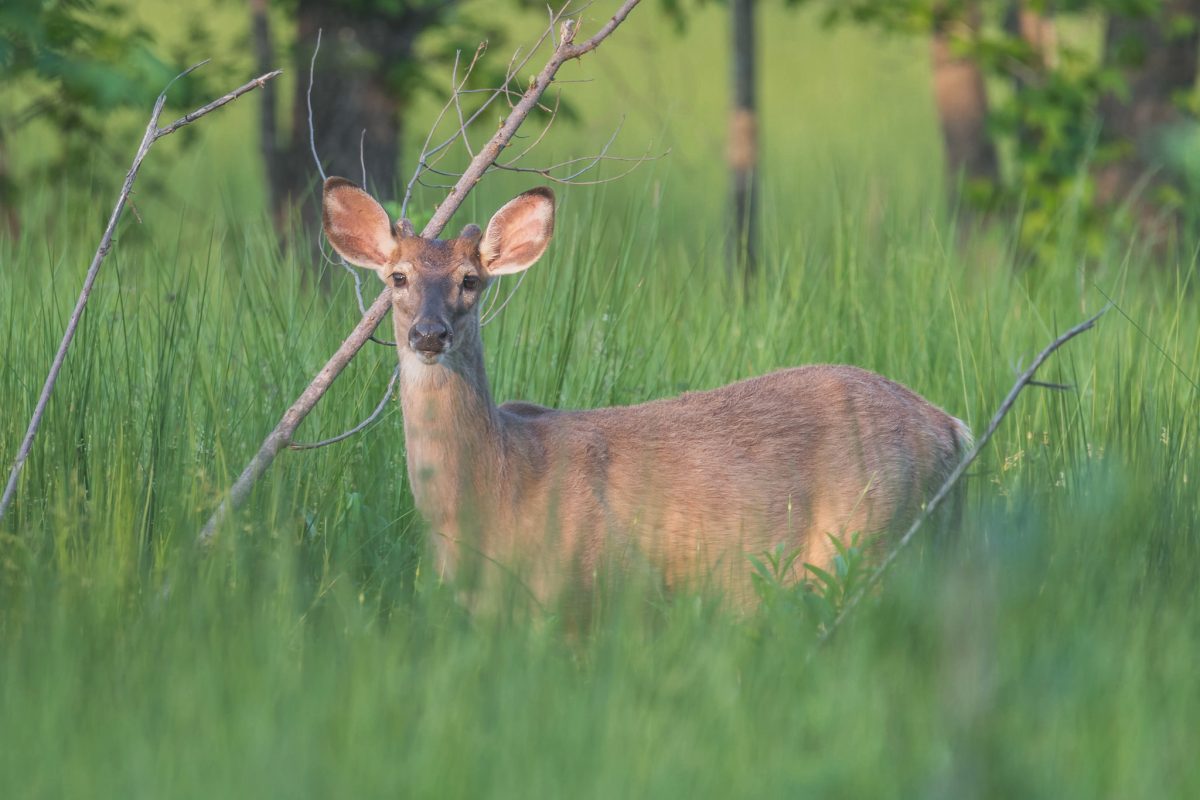It’s that time of year again, when fishermen across North America transform into hunters. However, as disappointment over the ending of summer gives way to cheer in anticipation of deer season, some are returning to the sport with a nagging trepidation. As of August 2019, Chronic Wasting Disease (CWD) — a fatal and highly contagious prion disease affecting deer, elk, moose and other cervids — has been found in at least 24 U.S. states and two Canadian provinces.
According to the Centers for Disease Control and Prevention, CWD is in a family of rare progressive neurodegenerative disorders and “may take over a year before an infected animal develops symptoms, which can include drastic weight loss (wasting), stumbling, listlessness and other neurologic symptoms.” Over the long term, CWD has the potential to dramatically reduce deer populations.
That’s not something you want on your back 40 — or anywhere else for that matter.
The list below offers five simple steps you can take this season to help prevent the spread of CWD.
Avoid unnatural concentrations
The Western Association of Fish and Wildlife Agencies hypothesizes that “reducing repeated deer visitation to artificial concentration points should reduce localized environmental contamination and transmission.”
While we’ll never prevent deer from rubbing noses or licking branches, we can stop them from sharing grain piles or mineral licks. Not only are the chances of a diseased deer physically contacting and infecting others increased in those instances, but contaminated saliva can also amass on the ground and be transmitted even without deer-to-deer contact. An article published by the National Center for Biotechnology Information cites an instance in which scrapie — a disease similar to CWD that’s found in sheep — remained infectious in an uninhabited and “decontaminated” sheep house and pasture for 16 years.
Rethink how you use scents and lures
Urine used for attractants is usually collected from both large and small deer farms, and the method of collection is largely unregulated. Often, once obtained, all the urine is combined, meaning if one deer was infected, the disease prions contaminate the entire mixture.
The Wisconsin Department of Natural Resources (DNR) offers a few recommendations to avoid contact between the attractants and soil:
- Use commercially produced “scent-wicks” that you dip into the bottle of scent and hang on a twig or branch.
- Use scents in resealable containers that can be placed on a stake in the ground or hung upright in a tree to prevent them from contacting the soil or surrounding vegetation.
- Consider eliminating the use of urine-based scents altogether and instead use synthetic or food-based scents.
Engage in selective harvesting
Reducing the overall density of the deer population in an infected area is highly recommended. Thinning the herd will reduce the chances of infected deer coming in direct or indirect contact with others.
The Quality Deer Management Association recommends that, in areas where CWD is established in the population, hunters “harvest antlerless deer to help reduce deer density, continue protecting yearling bucks if [desired], but apply increased harvest pressure to all bucks 3 and a half years of age or older.”
Limit the transportation of your harvest
While certain geographical borders may help contain wildlife, most are easily traveled by car or truck. Limiting what parts of infected or potentially infected deer leave the area where they were harvested ensures that CWD is not transported to a location where the disease is not present. The brain, spinal cord and lymph tissue typically contain the highest concentrations of CWD prions, thus those items should remain at the kill site.
Finally, stay informed
Be knowledgeable. In addition to there being plenty of misinformation out there, many people have their heads in the sand. Scientists continue to relentlessly research and work toward solutions to the CWD epidemic. They are the experts — listen to them.
There are also many organizations and state agencies providing quality information about CWD, many of which were used in the development of this article. See below for a list of educational material.
Additional information
Quality Deer Management Association





